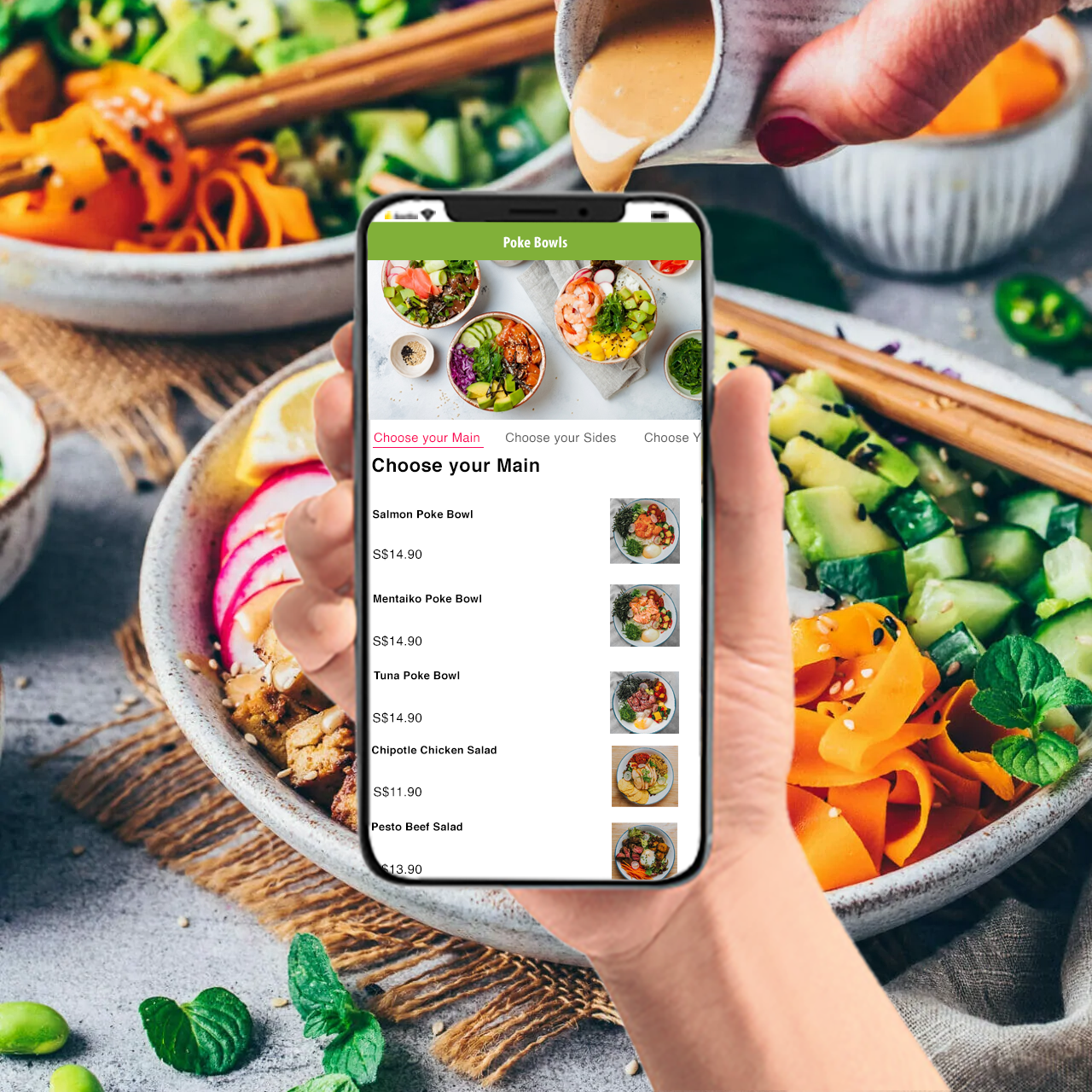QR ordering is a popular ordering solution among restaurants in Singapore. Could it be time to adopt one for your restaurant if you have not? Let’s explore the estimated cost savings & extra revenue you stand to gain by adopting a QR ordering system for your restaurant.
Manpower Cost Savings
Manpower savings are one of the key benefits of adopting a QR ordering system for restaurants. But just how much are you able to save?
Based on estimates, a restaurant’s service staff wage is approximately S$2,000 per month.
A medium to a large sized restaurant will need an estimated of 5 service staff.
Based on these estimates, your restaurant will spend an estimated of S$10,000 per month or S$120,000 per year on service staff wages
A QR ordering system for restaurants in Singapore costs approximately S$12,000 with first year of subscription included. While it may seem like a huge investment, pre-approved solution costs are supported up to 80% (valid at the time of publishing this article 29/03/2021). This equates to approximately S$3,600 after the grant.
With QR ordering, your restaurant can operate with two service staff. This is a saving of $116,400 in the first year.
Second-year onwards, the average estimated cost of subscription per month for QR ordering solutions in subsequent years is approximately $150 per month, which is way lower than the cost of hiring one service staff for your restaurant.
Increase table turnover
The estimated time for a restaurant service staff to take order from a table of customers is about 3 minutes.
Most restaurants have peak hours that last around 2 hours twice a day which equates to 4 hours of peak hours a day, and the average estimated time of customers dining in is roughly 45 minutes, which means that for every peak period, a table can be turned thrice, translating to 6 times a day over 2 peak hours.
Take a restaurant with 8 tables with and 2 service staff allocated to take orders for an example. It would take 12 minutes to take orders from the first wave of customers. If tables are turned 6 times a day across 2 peak periods, it equates to 72 minutes a day spent on manual order taking.
This 72 minutes could be used to accommodate another wave of customers. If each table’s average spending is S$90, it translates to an extra of S$720 per day or S$207,360 per year.
Conclusion
With such huge cost savings and potential revenue gain, it is no wonder that QR ordering are popular in restaurants, especially those of big F&B establishments with multiple outlets.
If you are interested in getting a QR ordering system for your restaurant, click
here to get a free demo.
**Important note: The calculations above are estimates and does not reflect the actual amounts. iMakan will not be held responsible for any differences in estimates.












